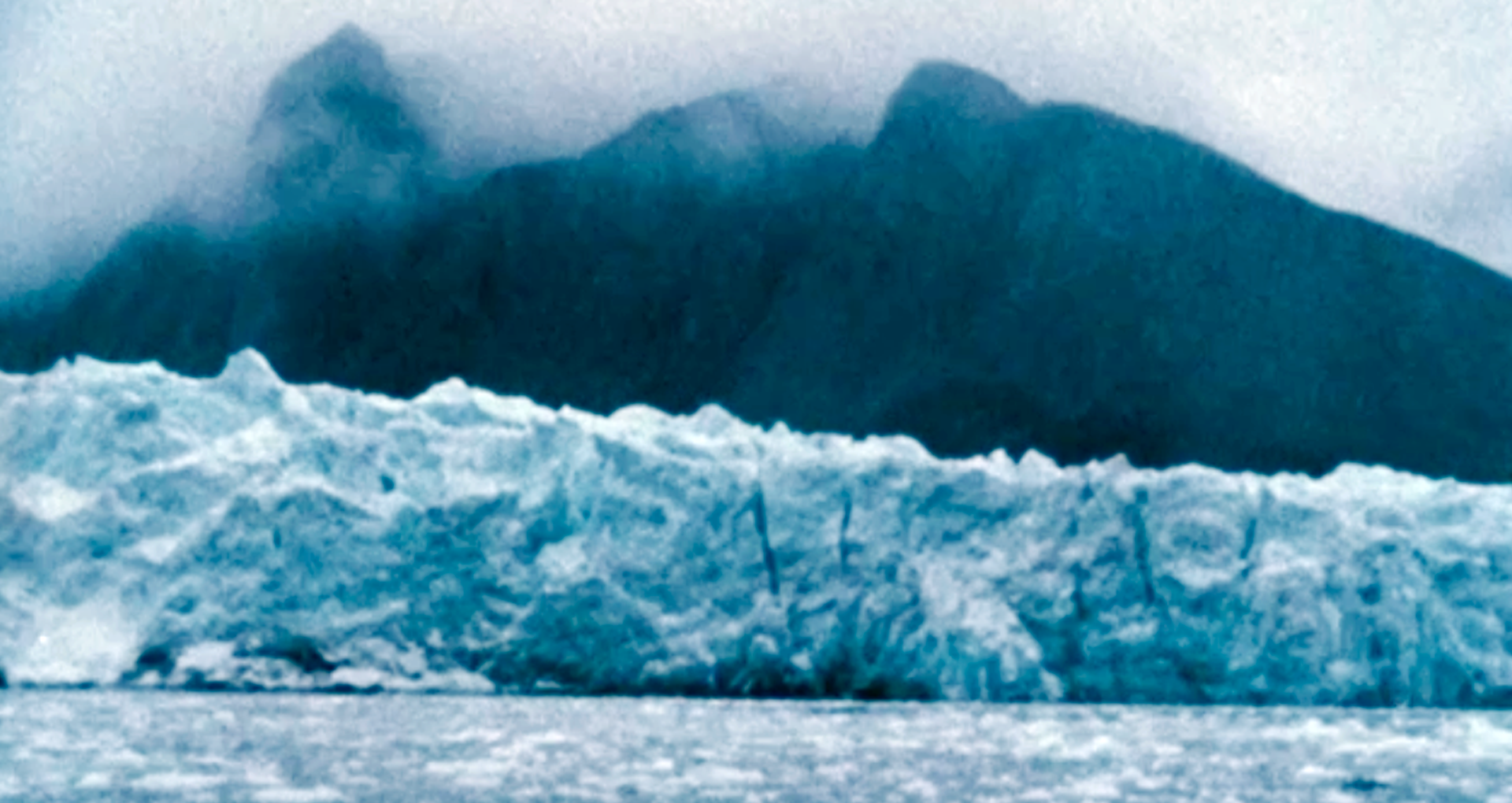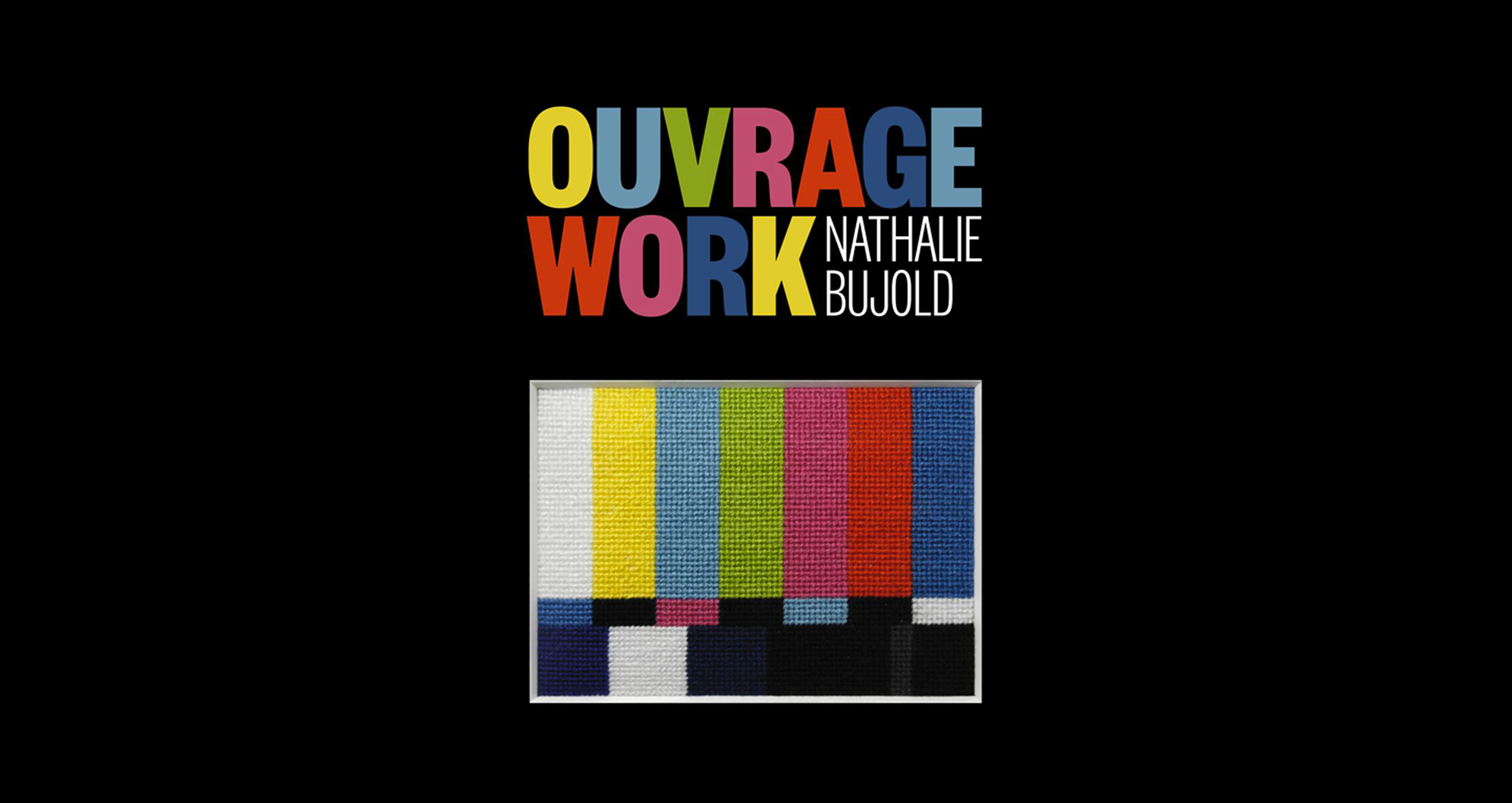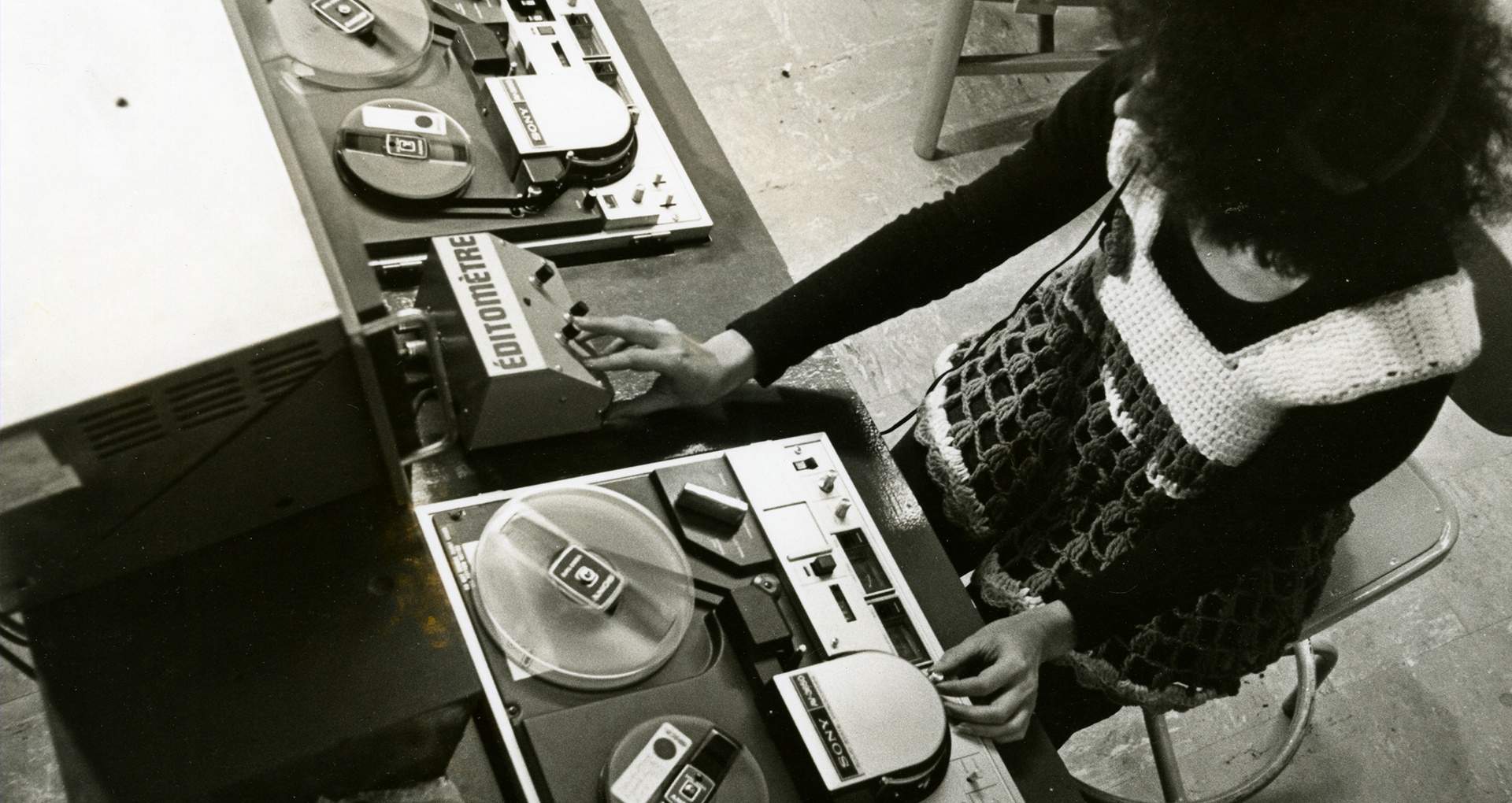
© Deepest Darkness, Flaming Sun, Ella Morton, 2020
dv_vd : What does the land know?
PROGRAMMING
Free entry
For the dv_vd series, Vidéographe and Dazibao have invited curator Yaniya Lee to present a program of works. Lee’s curatorial approach delves into the multifaceted nature of human geography, exploring the dynamic interplay between space, place, and the narratives that define them.
PROGRAMME
- Deepest Darkness, Flaming Sun, Ella Morton, 9 min 52 s, 2020
- Unikausiq (Stories), Mary Kunuk, 5 min, 1996
- Changing Landscape, Yvonne Oerlemans, 1 min 21 s, 1985
- The Scar of the Earth, Macha Ovtchinnikova, 10 min 57 s, 2020
- The Yellow Ghost, Guillaume Vallée, 3 min 30 s, 2013
- Dark Holler, Never Met a Stranger (Jeremy Drummond and David Poolman), 30 min 07 s, 2018
dv_vd : What does the land know?
Curatorial Text:
“Human geography shows that space and place are relational, socially co-produced, and dynamic. The construction of ‘places’, including places in public space, is intricately related to issues of access control, power relations, and identity-building.”
Growing up in Montreal I saw the city change as I did. First, from the derelict twilight of the Vieux-Port’s glory we moved north to the Plateau, a neighborhood shifting out of seediness just as the Centre-ville underwent the drastic transformation that would make it into the quartier des spectacles. In the quiet, residential Rosemont we moved to next, it seemed like little ever changed, although for five years I saw and heard the construction of the Youth Division of the Court of Québec, pounding every day while a big hole in the ground became an intimidating court of justice.
Every place I lived was defined by sounds and stories. Traffic, trains, birds, construction, my friends’ laughter at the bus stop, the after-school rehearsals of our brass band. Where we took circus lessons on the weekend was the official practice space of the actual Cirque du Soleil. Marie-Joseph Angelique once burned down half the city. Long before he took over the bus stop in front of the Mont-Royal Blockbuster storefront, The Great Antonio was a strong man.
Stories make place. And every place has its stories. I haven’t written my memoir yet, but when I do it will be full of stories about my experiences. I know my stories about Montreal will be mirrored by those of my friends, my family, our communities, and everyone in the city at large.
The narratives of the place I selected for this program show celluloid tales of human geography. The elegance of the walrus on the Norwegian Tundra (Deepest Darkness, Flaming Sun); animated bedtime stories told to entertain the children of Baffin Island (Unikausiq (Stories)); how a single hand gesture transforms a mountain into a pile of sand (Changing Landscape); a memory passed from grandmother to granddaughter of the hidden past of a bucolic Ukranian park (The Scare of The Earth); memories of nightmares discordantly brought to life (The Yellow Ghost); and placid mountaintops illuminated by the sounds of generations (Dark Holler).
– Yaniya Lee
SYNOPSIS
Deepest Darkness, Flaming Sun, Ella Morton, 9 min 52 s, 2020
Norwegian wilderness guide Marte Agneberg Dahl reflects on life and land in the High Arctic Archipelago of Svalbard.
Unikausiq (Stories), Arnait Video Productions, Mary Kunuk, 6 min, 1996
In this computer-animated work, Mary Kunuk explores stories and songs recalled from her childhood. She says: “These stories and songs remind me of my childhood and the stories that my mother used to tell me. Recording them on video is my way of keeping them alive.”
Changing Landscape, Yvonne Oerlemans, 1 min 21 s, 1985
A mound of sand is used as a metaphor for a collection of individuals within society. An interpretation from an anarchistic and humanistic point of view.
The Scar of the Earth, Macha Ovtchinnikova, 10 min 57 s, 2020
I follow the tracks of my great-great-aunt in Kiev. My mother tells her story, her tragic death, and reveals a dramatic part of the history of the Holocaust.
The Yellow Ghost, Guillaume Vallée, 3 min 30 s, 2012
This cameraless film is based on a recurrent nightmare from my childhood, the night terror of a yellow specter riding a horse. The filmstrip has been destroyed by multiple expositions with a flashlight, hand-processing, and a heavy noise soundtrack composed by Éric Gingras.
Dark Holler, Never Met a Stranger (Jeremy Drummond and David Poolman), 30 min 07 s, 2018
Built on a soundtrack of environmental soundscapes, field recordings, sound collages, and re-interpretations of traditional music of central Appalachia, Dark Holler is a 30-minute observational video recorded on Pine Mountain in the coalfields of Eastern Kentucky. Somewhat of an anomaly in this region, Pine Mountain has withstood the effects of industrial coal mining — this mountain exists because nothing can be mined from it. For centuries, Pine Mountain has also served as a home for musical, oral, and religious practices that have a complicated relationship with industrial progress and environmental degradation. Home to evolving cultural traditions and a contested site of industrial production and social resistance, Pine Mountain serves as a microcosm for exploring relationships between industry and the environment, landscape and vernacular culture, and preservation versus progress.
BIOGRAPHY
Yaniya Lee is the author of Selected Writing on Black Canadian Art (2024), and Buseje Bailey: Reasons Why We Have to Disappear Every Once in a While, A Black Art History Project (2024). She has written about art for museums and galleries across Canada, as well as for Vogue, Flash, Fader, Art in America, Vulture, VICE Motherboard, Châtelaine, Canadian Art, and C Magazine.
Lee frequently works with collaborators on symposiums, programs, and workshops, most recently what it feels like is good enough (Archive, 2023); This is not a small love (Momus, 2022); Ideas From Moving Water (The Wattis Institute, 2022); Black History Navigational Toolkit (Toronto Biennial of Art, 2022); Song. Prayer. Scream. A praxis of looking (Cassandra Press, 2021); and fractured horizon – a view from the body (Vtape, 2020).






